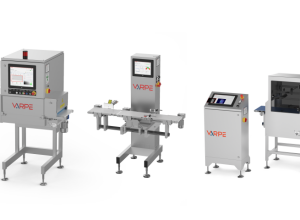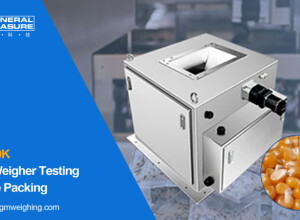Pennsylvania Scale Company (United States) - When customers know that they can depend on the repeatable quality of your products, they are much more likely to give you their future business. Consistent quality takes attention to detail and adherence to your quality management systems. This, in turn, allows for regular monitoring and determining whether your products meet the standards of your quality management system, regulatory requirements, and even food safety certifications. Quality control is an ongoing process that touches everything from purchasing to manufacturing to distribution, and very often a high-performance weighing or counting scale system is a critical component in this process.
Using scale data to reduce costs and increase profit:
A quality control scale is typically used to ensure that a product is being produced consistently at a set weight or at a set number of pieces. Products that are delivered underweight or below count can lead to customer complaints, expensive efforts to make the order right, potential legal or regulatory action, and risk to ISO, Guide 17025, or food safety certifications. Quite often, manufactures overfill to prevent underfill. While the goal of ensuring at or above product weight or count is admirable, this cautious approach comes at a cost.
Consider these two examples:
Example 1: peanut butter:
A jar of peanut butter has a stated package weight of 16 ounces. This company has not integrated a high-performance scale system into their quality control program, and as a result, they fill to 17 ounces, 1 ounce over the stated package weight to ensure they are not underweight. What is the cost of this overfill?

Conversely, a high-accuracy, high-precision scale integrated into the manufacturer’s quality control system would allow the manufacturer to consistently and dependably deliver exactly 16 ounces in every jar without overfill. The losses noted in the chart then become savings—savings that quickly pay back the scale investment and start producing ROI.
Example 2: fasteners:
A hardware manufacturer produces a package of fasteners that contain 1,000 pieces. Due to an inaccurate, low-performance scale system, each pack is overfilled with 1,001 pieces. What is the cost of that one extra piece?

Again, a high-accuracy, high-precision scale integrated into the quality control system would allow the manufacturer to consistently deliver exactly 1,000 pieces in each pack without overfill, and the losses become savings.
Quality control is about making a product to a high-quality standard, but it’s also an important component of reducing costs and boosting profitability.
Integrating a high-performance counting scale or weighing scale into your quality control process can reduce costs and provide an extremely fast return on investment.


























Interested? Submit your enquiry using the form below:
Only available for registered users. Sign In to your account or register here.